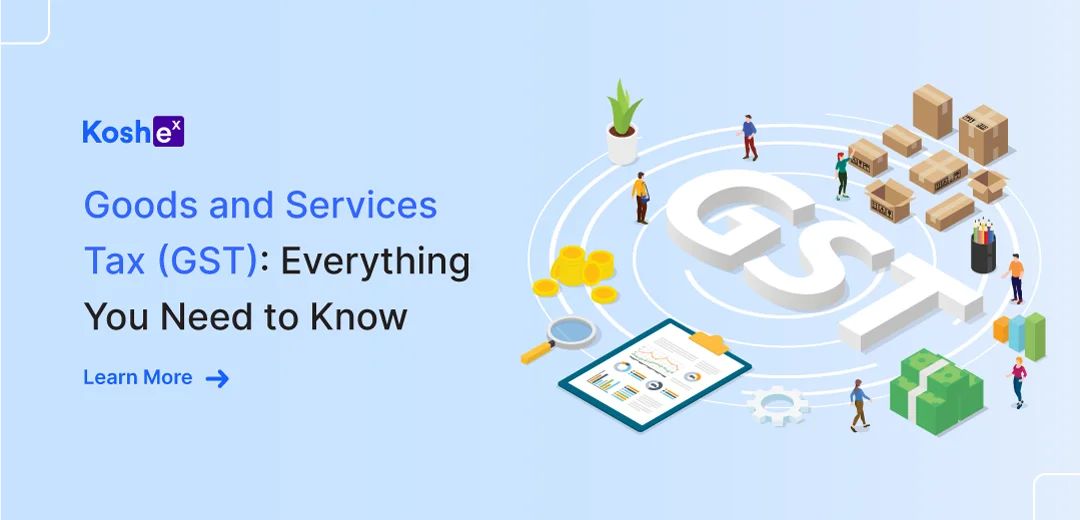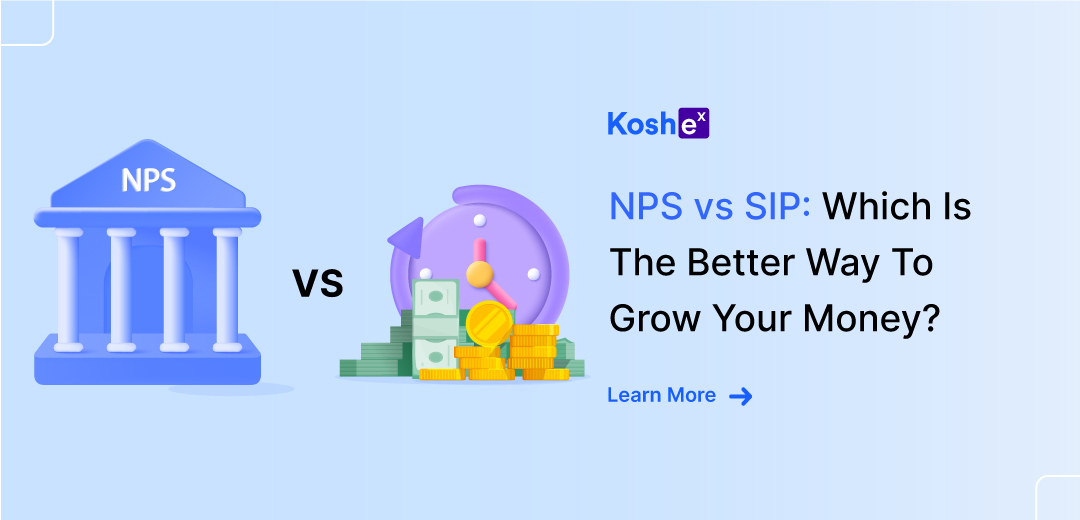We often see newspapers mentioning GST and GST meetings. These meetings happen once every few months and they review the GST rates for various products and services.
It is important to learn what GST is and how it works. In this blog, we will be discussing what GST is, how it works, and what are types of tax.
What Is Goods and Services Tax?
The Goods and Services Tax is called GST. It is an indirect tax law applicable across India. The tax was implemented to replace a variety of previous indirect taxes such as value-added tax, service tax, purchase tax, excise duty, and others.
The Goods and Service Tax Act was passed in the Parliament on 29th March 2017 and came into effect on 1st July 2017.
Every kind of product and service attracts a different tax rate under GST. For example, luxury or sin goods are classified to attract a higher interest rate, while necessities have been included in lower and nil rate slab rates.
The important thing to note here is that GST does not replace customs duty, which is still compulsory on imported goods and services.
Concepts Of Goods and Services Tax Levy
Under the GST regime, the tax is levied at every point of sale. Below are the various stages of GST application:
Multi-Stage Levy
An item goes through several stages along its supply chain – the purchase of raw materials, production, warehousing of finished goods, selling to wholesalers, selling to retailers, and selling to the end consumers.
The Goods and Services Tax is levied on each of these stages and this makes it a multi-stage tax.
Value Addition
The concept of GST on value addition means every addition made to an item to make it saleable to the end consumer is taxable under this regime. For example, let’s take the manufacturing process of cookies. The cookie manufacturer buys flour, sugar, butter, and other materials to make the cookies.
The value of the inputs raises when the sugar and flour are mixed and baked into cookies. Once the cookies are baked, the manufacturer will send them to the warehousing agent, who will then pack the cookies in cartons and label them. This is another addition of value to the cookies.
Then, the warehousing agent will sell them to the retailer. The retailer will pack the cookies in small quantities and spend money on the marketing of the cookies.
This will increase the value of the cookies. GST is levied on these value additions, i.e. the monetary value added at each state to achieve the final sale to the end consumer.
Destination-Based Levy
A destination-based levy means that an item should be taxed at the place where it is consumed, and not at its origin. This means that the location where an item is consumed will collect the tax.
For example, if goods manufactured in Karnataka are sold to the final consumer in Tamil Nadu, the Goods and Service Tax is levied at the point of consumption.
Hence, the entire tax revenue will go to Tamil Nadu and not Karnataka.
What Are The Types Of Goods and Services Taxes?
GST can be divided into four sections, based on the kind of transaction it involves. They are CGST, SGST, IGST, and UTGST.
Central Goods and Services Tax (CGST) – The Central government collects the CGST tax, which applies to the intra-state supply of products and services (e.g., a transaction happening within Maharashtra).
The introduction of CGST led to the abolition of central taxes like central excise duty, customs duty, and service tax, among others.
State Goods and Services Tax (SGST) – SGST is the component of the tax which goes to the state government. It applies to goods and services sold within the state (e.g., a transaction happening within Maharashtra).
This has replaced several other taxes, including the value-added tax (VAT), entertainment tax, entry tax, and state sales tax, among others.
Integrated Goods and Services Tax (IGST) – Integrated GST is charged on products and services that are produced and consumed in two different states (e.g., Maharashtra to Tamil Nadu).
When businesses transfer services and products from one state to another, they need to pay this type of GST.
The revenue collected from IGST is distributed among the relevant states. It was implemented to streamline the tax process.
Union Territory Goods and Services Tax (UTGST) – Union Territory GST is levied on goods and services supplied within the union territories of India, such as Chandigarh, Andaman and Nicobar Islands, Daman and Diu, Dadra and Nagar Haveli, Lakshadweep. This tax is collected in addition to CGST instead of SGST.
What Are The Advantages Of Goods and Services Tax?
Below are the advantages of Goods and Services Tax.
One Tax System – One of the major goals of implementing GST was to eliminate different forms of taxes from the Indian tax structure. Before GST, there were many taxes like VAT, service tax, and so on.
With the arrival of GST, all such levies have been eliminated, resulting in only one tax. This has also made tax compliance easy for taxpayers, as they are not burdened with multiple return forms and deadlines. Overall, it is a unified system of indirect tax compliance.
Removal Of Cascading – The cascading of taxes will be prevented by GST as the whole supply chain will get an all-inclusive input tax credit mechanism.
Business operations can be streamlined at each stage of supply because of the seamless accessibility to input tax credit across products or services. This would lower the unintentional costs of conducting business.
Increase In Foreign Investment – The implementation of GST has made India a single market and foreign investment has increased in the country. Due to their lower costs, commodities created in India have become more competitive in the worldwide market, which resulted in increased exports.
The implementation of GST brings India in line with worldwide tax regulations. This has made it easier for Indian enterprises to sell on a global scale.
Efficiency In Logistics – GST has replaced various earlier tax systems. Subsequently, because the business already pays to the center and state before the transportation of goods, there is no need to pay state-level taxes during interstate movement, improving logistics and operations.
Common Portal – Taxpayers have a common portal (GSTN) and the procedures for different processes such as registration, tax payments, refunds, etc., are automated and simplified.
The verification of input tax credits can be done online too, and input tax credits across the country can be matched electronically.
This will turn the process into an accountable and transparent one. This also makes the process quicker as taxpayers don’t have to interact with the tax administration.
In The End…
The journey to introduce GST started in 2000 and it was finally launched in 2017. It has replaced multiple indirect taxes in order to achieve the ideology of ‘One Nation, One Tax’.
It has helped eliminate the cascading effect of taxes. The GST laws were also introduced to curb tax evasion as they are far more stringent compared to any of the erstwhile indirect tax laws.
Also, GST helps increase the taxpayer base and the online procedures are making it easy to do business for taxpayers. Apart from this, there are several other benefits to GST.
We hope this article helped you understand what the Goods and Services Tax is, how it works, its types, and its advantages.
If you wish to learn about other personal finance topics or investment instruments, you can check out our other blogs in our Blogs section.
Also, you can create a free account with Koshex to track your net worth in real-time, save smartly, invest in personalized recommendations, build smart money habits, and more.
Check out Koshex today and take your financial game to the next level.









Leave a Comment